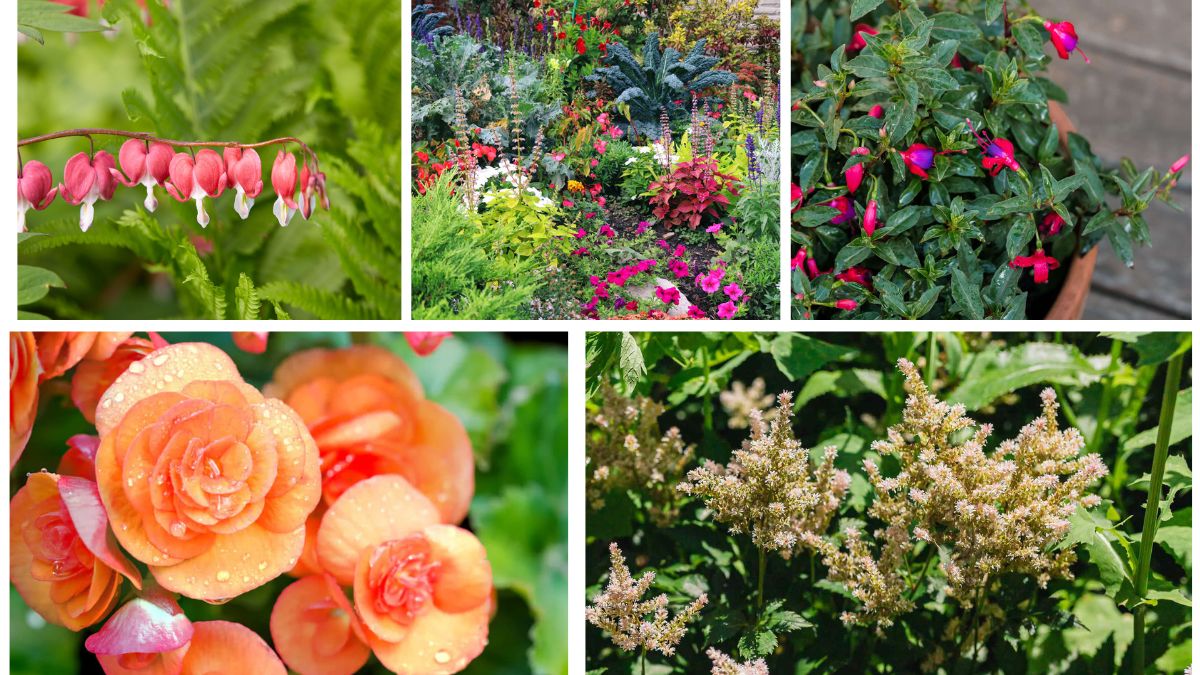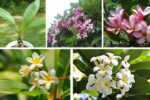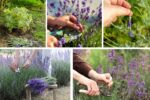When it comes to gardening, many people assume that flowers can only flourish in areas with abundant sunshine. While it’s true that most flowering plants love full sun, there’s good news for those with shady yards or garden corners—several flowering bulbs can thrive beautifully in low-light conditions. Shady gardens don’t have to be dull or green-only spaces; with the right selection of bulbs, you can enjoy a stunning palette of colors and textures that light up those darker spots.
This guide explores five flowering bulbs that thrive in shady gardens and provides detailed care tips to ensure they bloom at their best. Whether you have dappled woodland shade, partial shade under trees, or areas shielded by tall fences or buildings, these bulbs will bring life, fragrance, and vibrant beauty to your garden.
Why Choose Bulbs for Shady Gardens?
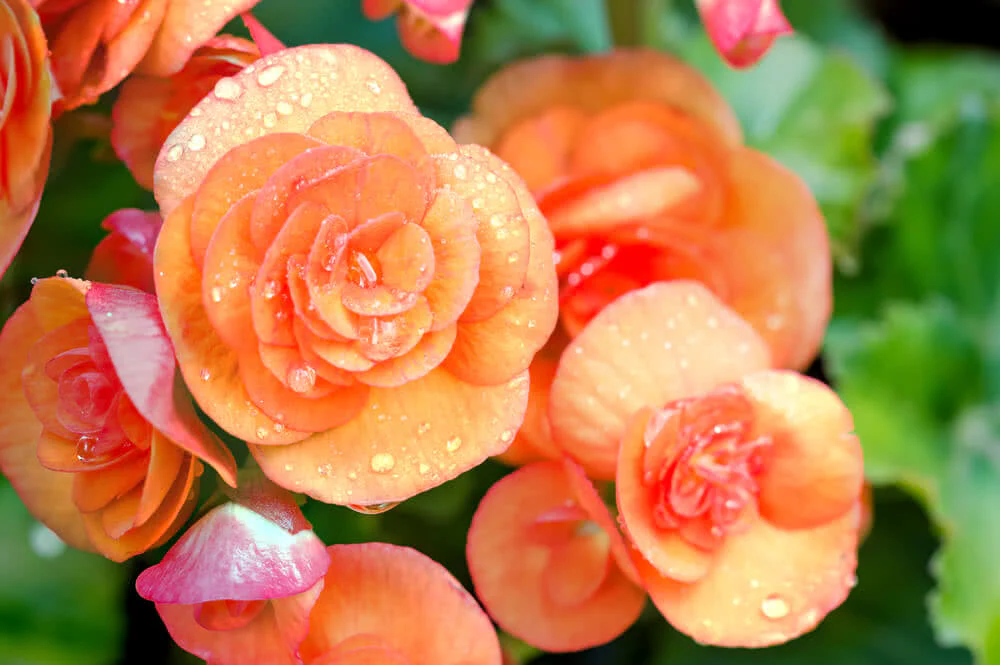
Bulbs are ideal for shady gardens because:
- They require minimal maintenance once established.
- Many bulb species naturally grow in woodland environments where shade is common.
- They offer seasonal interest, adding splashes of color from early spring to late summer.
- Bulbs multiply over time, filling shady areas with more flowers year after year.
By choosing the right bulbs, your shaded garden can look just as lively and inviting as a sunny one.
1. Snowdrops (Galanthus nivalis)

Why They’re Great for Shade
Snowdrops are among the earliest bloomers in spring, often appearing while snow still covers the ground. Their nodding, white, bell-shaped flowers create a serene and elegant effect in shady woodland areas. They prefer dappled or partial shade, making them perfect for planting under deciduous trees, where they’ll bloom before leaves fully develop.
Planting Tips
- Soil: Moist, well-draining soil rich in organic matter.
- Planting Depth: 2–3 inches deep, spaced 3 inches apart.
- Watering: Keep soil evenly moist during active growth.
- Care: Allow the foliage to die back naturally to recharge bulbs for next year.
Snowdrops naturalize well, meaning they will spread into clumps and create beautiful carpets of white blooms.
2. Bluebells (Hyacinthoides non-scripta)
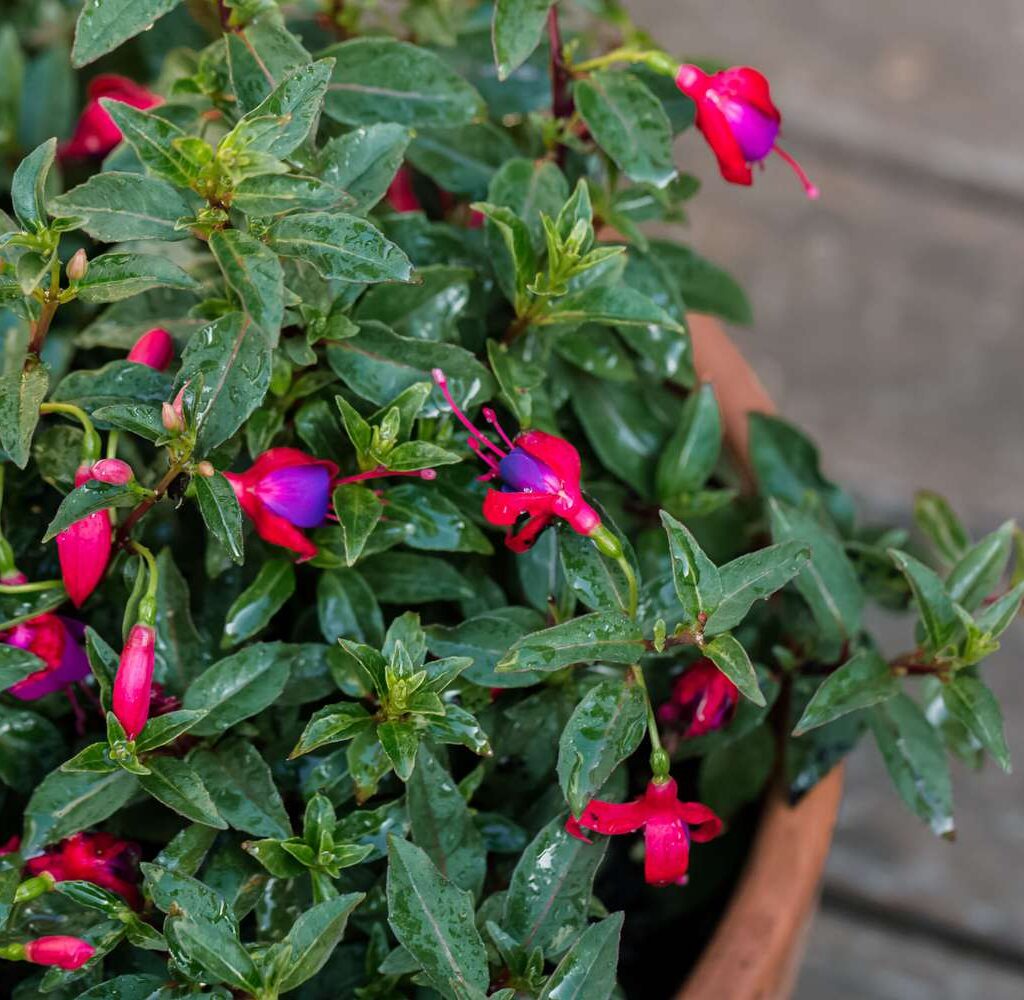
Why They’re Great for Shade
Bluebells thrive in woodland shade, making them an excellent choice for dim corners of your garden. Their drooping, bell-shaped blue flowers bloom in mid to late spring and create enchanting sweeps of color. Bluebells are also pollinator-friendly, attracting bees in shaded areas where few other plants bloom.
Planting Tips
- Soil: Moist but well-drained, enriched with leaf mold or compost.
- Planting Depth: 3–4 inches deep, spaced 4 inches apart.
- Watering: Moderate watering; avoid waterlogging.
- Care: Bluebells self-seed and spread quickly. Thin them occasionally to prevent overcrowding.
For a woodland garden look, plant them in large drifts rather than in neat rows.
3. Hosta Lilies (Hosta plantaginea)
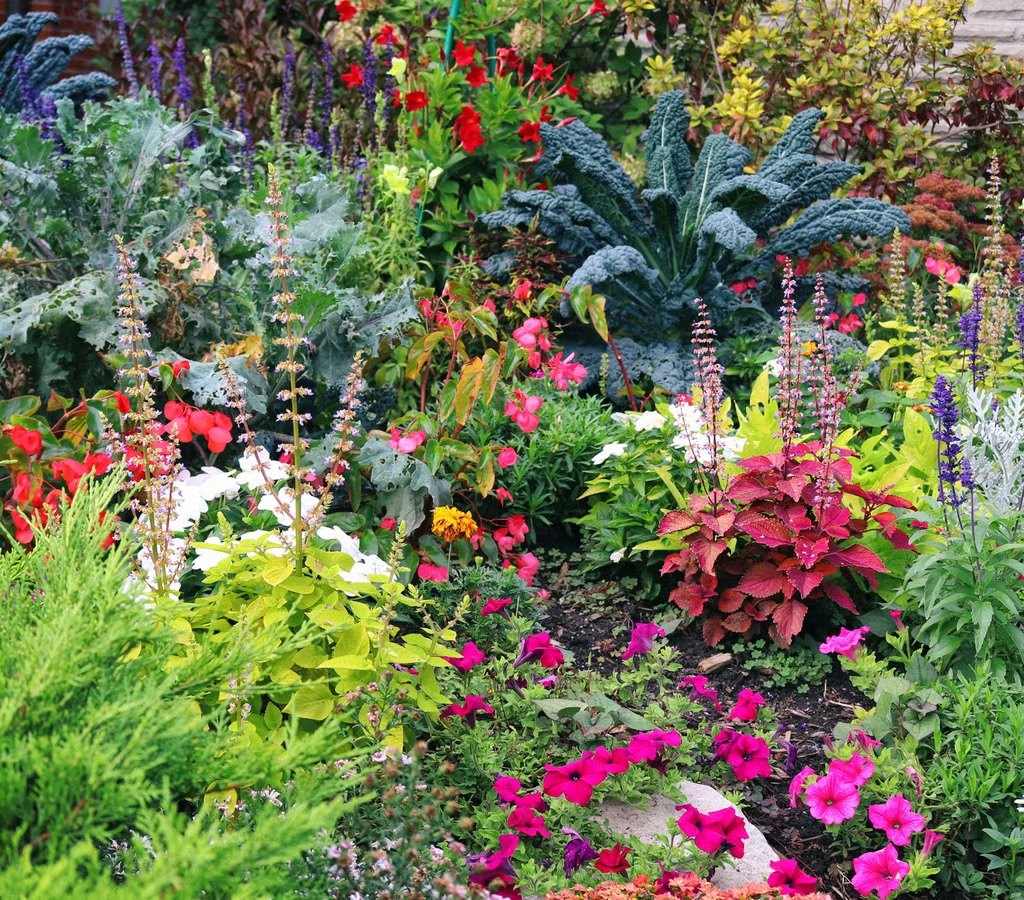
Why They’re Great for Shade
Hostas are primarily grown for their lush foliage, but some varieties—especially Hosta plantaginea—produce fragrant, trumpet-shaped white flowers in late summer. They thrive in deep shade and are incredibly versatile for filling empty spaces under trees or near fences.
Planting Tips
- Soil: Moist, rich, and well-draining soil.
- Planting Depth: Place bulbs or root divisions at soil level and cover lightly.
- Watering: Keep soil consistently moist, especially in dry weather.
- Care: Protect from slugs and snails, which love hosta leaves. Mulching can help retain soil moisture.
Hosta flowers add a delicate touch to shady gardens, and the fragrant blooms are especially enjoyable during summer evenings.
4. Trilliums (Trillium grandiflorum)
Why They’re Great for Shade

Trilliums, also called “wake robins,” are native woodland perennials that thrive in full to partial shade. They produce three-petaled flowers in shades of white, pink, or red, surrounded by large, attractive leaves. Trilliums are slow-growing but long-lived, making them an excellent investment for shaded gardens.
Planting Tips
- Soil: Rich, loamy, and slightly acidic soil with good drainage.
- Planting Depth: 2–3 inches deep; ensure rhizomes are positioned horizontally.
- Watering: Regular watering during the growing season.
- Care: Trilliums dislike being disturbed. Plant once and leave them to establish naturally.
Trilliums give a natural woodland feel and thrive when planted alongside ferns and shade-loving wildflowers.
5. Cyclamen (Cyclamen hederifolium)
Why They’re Great for Shade
Cyclamen brings charm to shady gardens with their delicate, reflexed petals in shades of pink, white, or purple. Cyclamen hederifolium blooms in late summer to autumn, while Cyclamen coum blooms in late winter to early spring. Their heart-shaped, variegated leaves add beauty even when not in bloom.
Planting Tips
- Soil: Well-draining, humus-rich soil.
- Planting Depth: 1–2 inches deep with tubers positioned flat.
- Watering: Water sparingly; avoid waterlogging.
- Care: Allow the plants to go dormant naturally; reduce watering during dormancy.
Cyclamen is especially useful for shady spots under shrubs or along borders, adding seasonal color when other plants are dormant.
Additional Care Tips for Bulbs in Shade
- Soil Preparation: Most shade-loving bulbs thrive in soil enriched with compost or leaf mold. Preparing the soil beforehand ensures healthy growth.
- Mulching: A layer of organic mulch retains soil moisture and regulates temperature.
- Watering: While shade retains more moisture than sunny spots, bulbs should never sit in soggy soil. Ensure proper drainage.
- Companion Planting: Combine bulbs with ferns, hostas, or groundcovers for layered, textured shade gardens.
- Patience: Some bulbs, like trilliums, may take a few years to establish. Give them time, and they’ll reward you with consistent blooms.
Conclusion
Shady gardens don’t need to be bland or lifeless. By incorporating the right flowering bulbs, you can transform dim spaces into vibrant, eye-catching areas filled with seasonal color. Snowdrops, Bluebells, Hostas, Trilliums, and Cyclamen are all excellent options, each bringing unique beauty and charm to shaded spots.
With proper planting, soil preparation, and care, these bulbs will not only thrive but also return year after year, creating a lasting display of nature’s resilience and beauty. Whether you’re designing a woodland retreat or simply brightening a shady corner, these flowering bulbs are the perfect solution for a fresh, inviting garden look.
